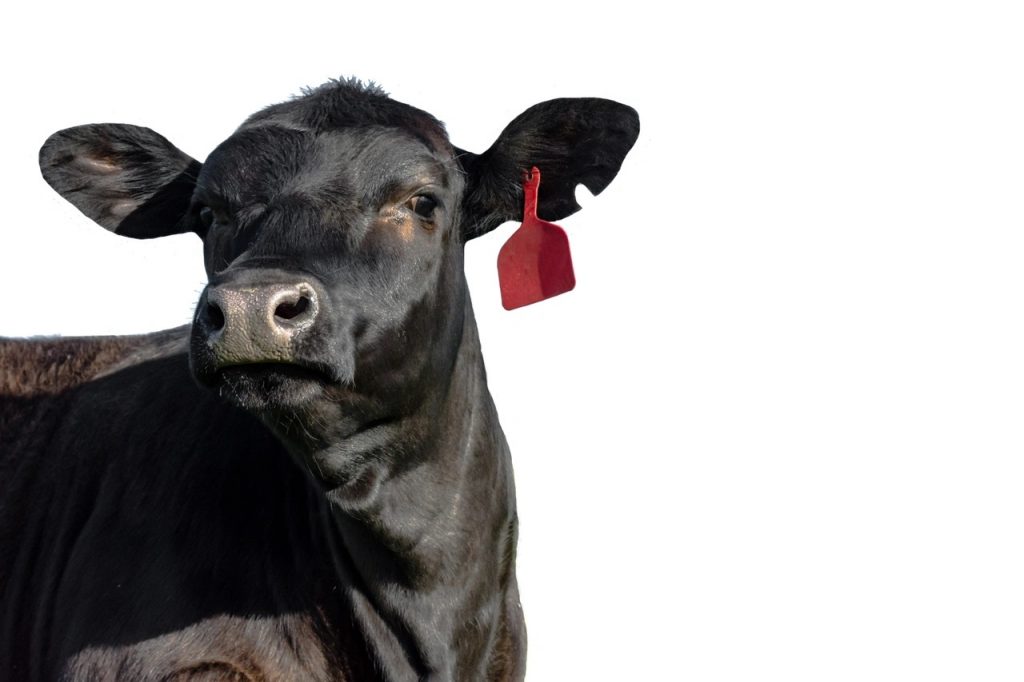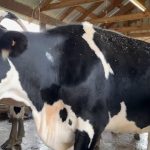
Study finds dairy-crossed animals have lower average heart scores.
Cattle heart failure can occur at any type of operation, at any age, and any level of altitude, according to Isabella Kukor, doctoral candidate at Colorado State University, Fort Collins. Kukor gave her talk, “Heart score comparisons between finished beef and beef on dairy animals,” during the 2024 Beef Improvement Federation (BIF) Symposium.
Kukor first described the method of quantifying damage done to the heart of feedlot animals due to the increased pulmonary arterial pressure by assigning them a score of one through five from normal, healthy hearts to drastic morphological changes in animals that rarely make it to harvest with a score of three being the threshold for animals at risk for heart failure. The group from CSU used this method to determine the incidence rate differences between one cohort of beef cattle (Angus, Simmental, and others) and another of composite animals known as DairyX (Holstein, Jersey, Angus, and Simmental) and investigate whether some of those breeds were more likely to develop heart failure during finishing.
Beef breeds tended to score higher, with 50% of beef animals falling between scores two and three. In contrast, dairy-crossed animals had average heart scores between one and two. Overall, the prevalence of at-risk scores of three or higher within each cohort was 16% for DairyX and 29% for beef. Dairy breeds also showed a significant coefficient for reduced heart scores, which Kukor summarized, “By adding more of the dairy breeds, we are going to see, on average, lower heart scores than we would by simply adding other beef breeds.”
Considering future strategies
“This gets us away from conversations about what specific breed compositions on heart scores and more about the type of animal we are breeding,” Kukor explained. This alludes to her results showing that any increase in the percentage of dairy breeds increases the probability of low heart scores. In contrast, increasing beef influence on crossbreeding was associated with little change in heart scores.
Kukor explained the pros and cons producers may have to weigh when considering this data when creating breeding programs. Does one sacrifice a small percentage of the carcass weight advantage of beef breeds to gain the improvement of heart scores by adding dairy breeds to their terminal crosses, or not?
To watch Kukor’s full presentation, visit https://youtu.be/Z9NKnmH2ZFg.
You can now read the most important #news on #eDairyNews #Whatsapp channels!!!
🇺🇸 eDairy News INGLÊS: https://whatsapp.com/channel/0029VaKsjzGDTkJyIN6hcP1K

























